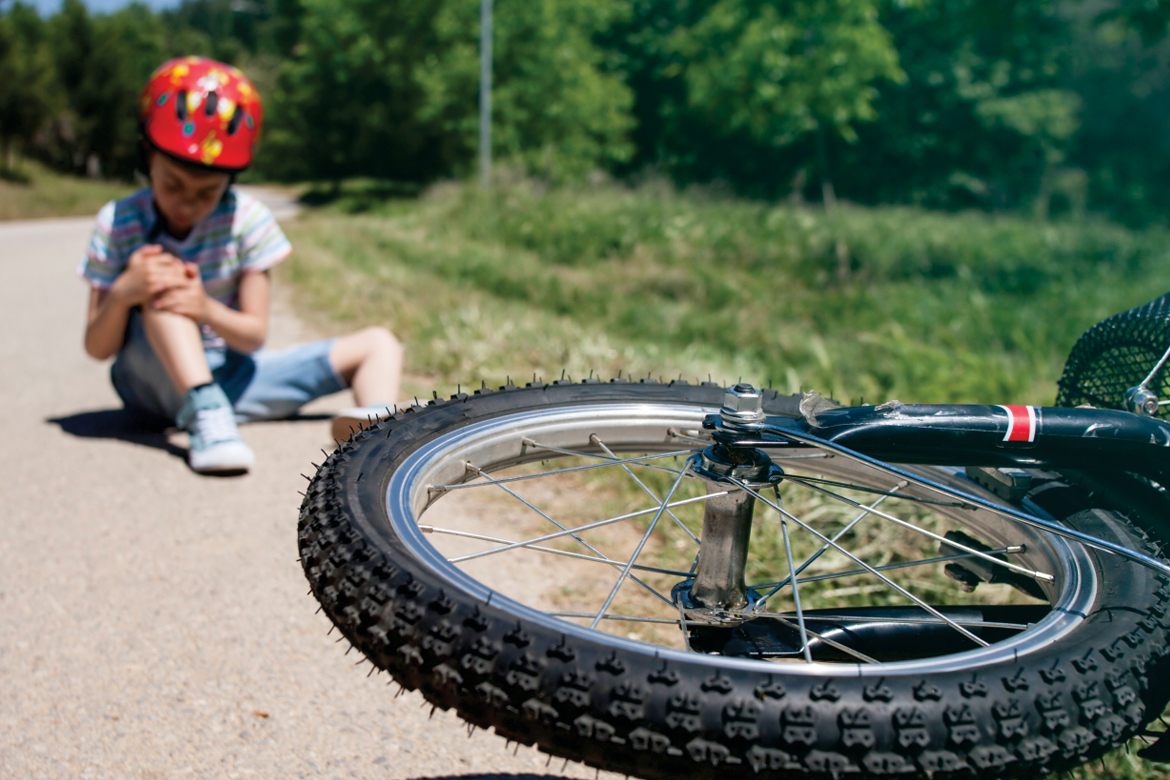What to do when you don’t watch your step
Falls do not discriminate.Anyone at any age can experience a fall which can also sometimes result in a fracture. Some of the most common reasons for fractures are sports-related injuries,road traffic accidents and slips.
The elderly are prone to falls and their falls frequently result in injury, disability, and hospitalisation.The most common bones that get fractured in falls are:
- Hip,thigh bone (femur),pelvis,and spine (vertebrae)
- Upper arm bone (humerus),forearm,and hand
- The leg and ankle bones
Hip fractures are the most dreaded fractures because they cause the most health issues and number of deaths.If you have a hip fracture you will need to be hospitalised for around two weeks.
Senior citizens have a higher risk of falling if they have
- Visual impairment due to myopia or cataracts
- Disorders of the nervous system,like stroke
- Joint and muscle problems that occur with arthritis
- Difficulties in gait and balance due to illnesses like Parkinson’s disease
- Medication which induces sleepiness
- Slippery surfaces and uneven flooring in their homes or surroundings
- Poorly lit surroundings and unstable furniture in their homes
- Obstacles that increase the likelihood of tripping,like loose rugs and pets
- Objects left lying on the floor or steps in their homes or surroundings
You can reduce the risk of falling by
- Engaging in physical activity to improve strength,mobility and flexibility
- Limiting sleep-inducing medications when possible
- Regularly testing your hearing and vision,and using appropriate remedies if needed
- Getting appropriate treatment of any underlying medical conditions you may have
- Knowing the side effects of any medicines that you take
- Getting adequate sleep; you are more likely to fall if you are sleepy
- Limiting the amount of alcohol you drink
- Making environmental modifications like installing grab bars, removing tripping obstacles,maintaining sufficient lighting and using non-slip mats in bathrooms
- Standing up slowly;getting up too fast makes your blood pressure drop
- Using an assistive device if you need help feeling steady when you walk; appropriately use canes and walkers
- Wearing rubber-soled,low-heeled,non-skid,lace-up shoes that support your feet
What to do if you sustain an injury with suspected fracture
- If there is a wound with bleeding, apply firm pressure with sterile gauze or a clean cloth till the bleeding stops.
- If the fracture is causing a deformity, do not try to straighten the arm or leg.
Do not try to push back protruding bones from the wound. - Place a wooden ruler or log across the fractured site on your arm or leg and tie a bandage or a clean cloth around both.
This should cover one joint above and one joint below the site of the fracture. By doing this you will immobilise the fracture site and reduce pain. - Take a Paracetamol tablet (Tab.) or syrup for pain relief.
Take the victim to the hospital or call an ambulance. Good ambulances carry a special scoop stretcher that can transfer the victim without causing any pain.
 Back to Site
Back to Site